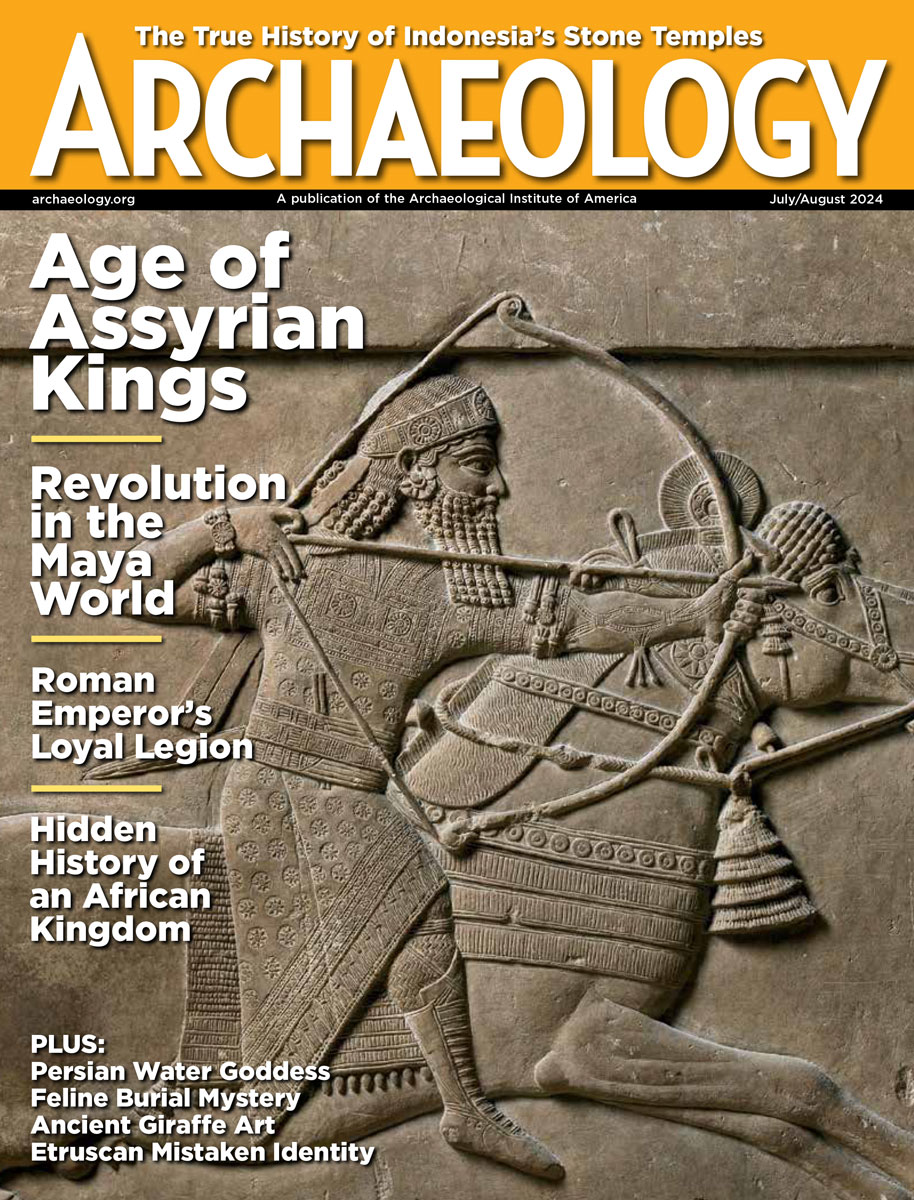Tuesday, January 17
January 17, 2012
Thirty fragments of ivory engraved with signs of the zodiac have been unearthed from a cave in Croatia. The 2,000-year-old instrument, when complete, would have been used by an astrologer to show clients the positions of the planets and other heavenly bodies at the time of their births.
Archaeologists from Brigham Young University will excavate the foundation of the original Tabernacle, a house of worship and gathering place constructed in Provo, Utah, by Mormon pioneers in 1867. “It had three levels, had a large belfry on top of it and a large stone foundation with adobe brick walls,†said project leader Richard Talbot.
The Global Heritage Fund has named 2012 “The Year of the Maya.â€Â CNN lists a few key Maya sites where visitors can celebrate the close of the thirteenth Maya b’ak’tun, a 144,000-day cycle.
Deforestation of the Brazilian Amazon region has revealed large earthworks in geometric shapes that were built between 1,000 and 2,000 years ago. Nearly 300 earthworks have been identified in the state of Acre alone. Some scholars think Amazonia may have been more densely populated and actively farmed before the arrival of Europeans than had been thought. “If one wants to recreate pre-Columbian Amazonia, most of the forest needs to be removed, with many people and a managed, highly productive landscape replacing it,†said William Woods of the University of Kansas.
While “digging†through an old wooden cabinet at the British Geological Survey, paleontologist Howard Falcon-Lang of the University of London discovered glass slides containing fossils collected by Charles Darwin and his companions on the voyage of the HMS Beagle. “To find a treasure trove of lost Darwin specimens  from the Beagle voyage is just extraordinary. We can see there’s more to learn. There are a lot of very, very significant fossils in there that we didn’t know existed,†he said.
- Comments Off on Tuesday, January 17









